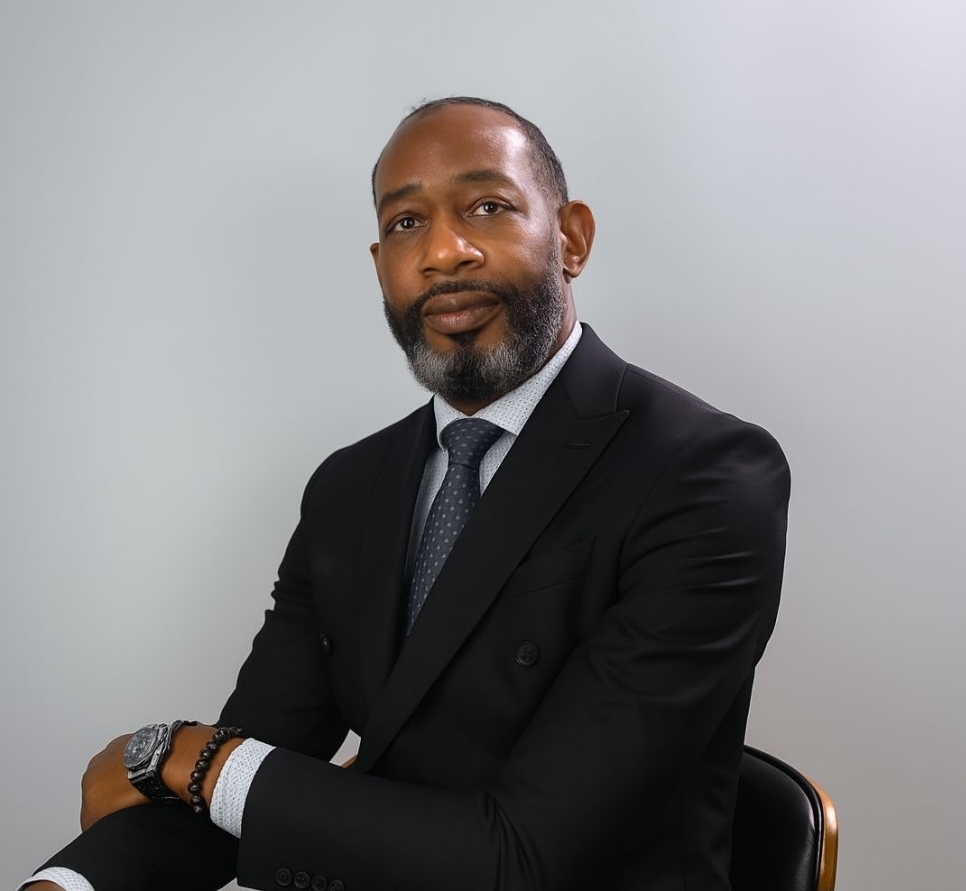Glade students learning social skills
Published 12:00 am Wednesday, September 13, 2000
ERIK SANZENBACH / L’Observateur / September 13, 2000
LAPLACE – Students at Glade School are not only learning math, science and history, but they are also getting lessons in basic social skills.
For the next 16 weeks students in grades 3-6 will get daily lessons on such things as getting the teacher’s attention, following instructions, disagreeing appropriately and accepting criticism or a consequence.
Trending
The program is called the Boys Town Classroom/Life Skills, and Glade principal Perry DiCarlo hopes the program will teach students how to do things in “a calm and polite manner.””This is not a discipline program,” said DiCarlo, “but a way to decrease discipline problems.”According to DiCarlo, Glade School was having discipline problems last year.
Former principal Robert Schaff set up a committee to find a program that would help the school. Dr. Diane Brown, director of Special Education for theSt. John Parish School System, suggested Schaff look into the Boys Townprogram.
After getting in touch with the Boys Town organization, Schaff and DiCarlo were sent to Nebraska for special training in the social skills program. Thenin August, Boys Town sent instructors to Glade to tutor third- to sixth-grade teachers in the program.
“The idea is to get students into a state of mind where these skills become second nature,” said DiCarlo.
There are 16 different skills, and one week is spent on each skill.
“These are basic skills that you and I assume everybody knows,” said DiCarlo, “but a lot of these kids don’t know them at all.”The lessons are getting the teacher’s attention, following instructions, accepting criticism and consequences, accepting “no” for an answer, greeting others, making a request, disagreeing appropriately, giving criticism, resisting peer pressure, making an apology, talking with others, giving compliments, accepting compliments, volunteering, reporting other youths’ behavior and introducing yourself.
Trending
Before the program began each student had to read and sign a Pledge for Peace for each life skill. The pledge has a picture of Martin Luther King Jr. onit and the following words: “I agree to keep the peace and promote non- violence in my classroom and all other areas of the school community. I willdo this by pledging to use the life skill of_____..”DiCarlo got the students to tape up their pledges all over the walls and windows outside the principal’s office.
Each day, teachers will perform skits with the students and lecture them on each social skill. These lessons are repeated each day.”It takes a lot of teaching time,” said DiCarlo, “but the kids have to be reminded every day in order for the lesson to stick.”One of the aspects of the program that appeals to DiCarlo and the teachers is the way disputes are handled between teacher and student.
If a student does something wrong, the teacher does not instantly try to change the student’s behavior. Instead, the teacher has a talk with thestudent about what was done incorrectly. The student is then asked what heor she would have done differently. The student then tells the teacher whatthey are going to do to change their behavior.
Fifth-grade teacher Carrie Mains thinks this approach has its benefits.
“It works well and the kids respond positively to being talked to and not yelled at,” said Mains.
Charlotte Bennett, who teaches sixth grade, is enthusiastic about the program.
“I’m very happy with the results so far,” said Bennett. “But it is early and thekey is to keep going.”Bennett has been teaching her class about the correct way to get a teacher’s attention. She told the class there is a proper way to hold up yourhand, call out the teacher’s name and wait for a response.
Bennett said she has noticed a real change in her students’ behavior since the program started, but she cautions, “for this to be a success schoolwide everybody has to participate and follow through.”Another fifth-grade teacher, Mechelle Wilson, agreed, adding, “We have to give the students enough time to get used to this.”Another important aspect of the program is getting the students to understand why they are learning these skills. After each lesson thestudents write down the benefits each social skill will bring to them personally. When a student actually sees this in black-and-white the impact isa lot greater.
“So far, the teachers and the students are enthusiastic about the program,” said DiCarlo. “Of course there will be students that are hard to reach, but wehope that this will make a real difference.”
Return To News Stories





